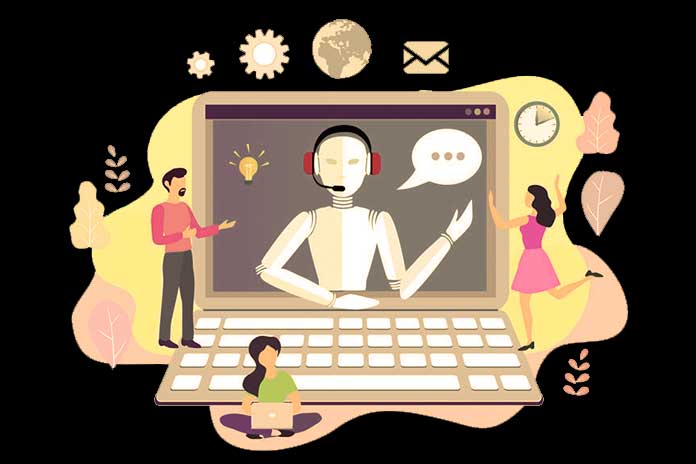Customer communication is still mainly manual work. However, the information from such conversations or inquiries and their further processing are now being processed more digitally. This inevitably leads to a change in media, which causes additional costs. The following article shows how to reduce these costs and optimize your media discontinuity. Be it a phone call, an incoming contact form, or an e-mail, most customer communication processing is done manually.
Nevertheless, sooner or later, the information and next steps that follow from the conversation or the message will have to be transferred into digital processes. Here you usually have several construction sites where you produce unnecessary costs: When talking to customers, the information must be typed out by hand. Information often falls by the wayside since the employee should also focus on the conversation and his customers and writing. In addition to the additional effort, important information can “slip through” and get lost.
In the case of written inquiries, there are usually various contact points where the customer’s question should be placed. Here you often cannot avoid manually pre-sorting the inquiries to identify the best service employee. This preprocessing sometimes costs a lot of time and money. The lack of automation is that communication with the customer is based a lot on speech and accessible text, i.e., unstructured data. This makes automatic evaluation enormously tricky.
AI Offers These Advantages
Even if the evaluation of unstructured data is more complex, some new tools and services can support you enormously. For example, with the help of AI services, it is now possible to extract core information from unstructured text. This allows z. B. the urgency or the suitable processor can be identified. This saves you the manual pre-sorting ultimately. The same applies to telephone calls, although you would have to convert the speech to text beforehand. The practical thing: There is also an AI service for this.
This allows you to do without taking notes on phone calls and instead focus entirely on the customer. Another advantage: Since these services are usually offered from the cloud, you have minimal integration effort. In addition, you do not have to worry about scaling and can better absorb peak loads, such as the inquiries about Corona in March of this year. This not only saves you money but also offers your customers shorter response times.
AI Processes Speech Into Text
More and more tools are being developed to automate these processes that can recognize and evaluate spoken language. Artificial intelligence is used in the form of neural networks. The most well-known examples come mainly from the big software companies. They all invest large sums of money to further development. Apple, Microsoft, Amazon, and Google create voice-to-text tools that recognize spoken language and process it into text. You can then use these, for example, to improve your voice assistants (e.g., Siri or Alexa).
Speech evaluation is also usually included in your cloud services (e.g., Microsoft Azure or Google AI), which you can use to develop your own AI. In customer communication, for example, you can use the AI to automatically receive audio recordings of conversations in text form without having to type everything manually. However, AI is not always error-free. You’ve probably had a conversation with a language assistant who misunderstood you.
One of the reasons for this is that words are sometimes spelled differently than assumed from the phonetic pronunciation. For example, the letters “c” and “k” are usually pronounced the same. In addition, various dialects make it challenging to process the language. The developers are therefore working flat out to master these challenges.
This Is How The AI Analyzes Texts
Artificial intelligence is an excellent help for analyzing speech in text form. Above all, the technology Natural Language Processing (NLP) and specifically Named-entity recognition (NER) is used. This works by recognizing individual entities in texts and thus dividing individual text parts into categories.
This technology is instrumental in customer support. When you receive support tickets, you usually have to record the issue manually and which employee is responsible for it. With the help of AI and NER, the keys are automatically evaluated and assigned to the appropriate employee. This saves you the double work step and thus time and money.
Conclusion
With the help of AI, you can therefore avoid various media breaks in your customer communication. Be it the transcription of phone calls or the pre-processing of written inquiries: the transition from the analog to the digital world incurs costs that can be reduced by using such services. You don’t need a significant investment in the millions to use AI services. You can start small and develop your prototype individually adapted to your company.


